Blondie is widely regarded as one of the most influential bands that emerged from the New York City punk and new wave scenes of the 1970s. Formed in 1974, the band was anchored by the charismatic frontwoman Debbie Harry and the creative guitarist Chris Stein. Together, they crafted a unique sound that transcended the boundaries of conventional punk rock, integrating elements of pop, disco, and reggae into their music.
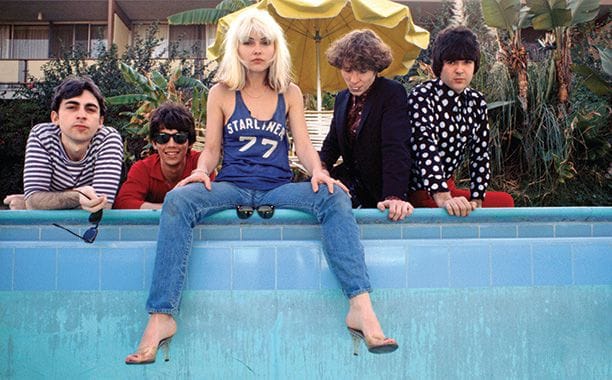
The origins of Blondie are deeply embedded in the vibrant and often chaotic music scene of New York City. It was within this melting pot of creativity and rebellion that Debbie Harry and Chris Stein first met and decided to form a band. They were initially part of the punk rock wave that engulfed venues like CBGB, a legendary club that played a vital role in the underground music landscape. Despite their punk roots, Blondie was known for its eclectic style, which allowed them to stand out amongst their peers.
Debbie Harry quickly became an iconic figure in the music world, not just for her distinctive voice but also for her striking appearance and dynamic stage presence. Her artistry and charisma helped propel the band to international fame. Chris Stein, on the other hand, was the musical architect behind Blondie’s diverse soundscapes, blending various genres to create a fresh and innovative musical identity. Their collaboration proved to be a synergistic partnership that would endure for decades.

Blondie’s ability to evolve with the times while staying true to their roots made them a pioneering force in the music industry. Their journey from the gritty punk clubs of New York to global stardom is a testament to their versatility and enduring appeal. With a rich catalog of groundbreaking albums and hit singles, Blondie’s legacy is firmly etched in the annals of rock history.
Debbie Harry: The Face and Voice of Blondie
Debbie Harry stands as a central figure in the history of music, notably as the lead singer of Blondie. Born on July 1, 1945, in Miami, Florida, Harry’s early life included a stint as a waitress and a secretary in New York City, where she absorbed the eclectic vibes of the burgeoning punk and rock scenes. Her entry into the music world began with her role in the folk-rock group The Wind in the Willows, followed by the punk band The Stilettos, which ultimately set the stage for the formation of Blondie in 1974 alongside guitarist Chris Stein.
Harry’s contributions to Blondie can hardly be overstated. Her distinctive voice and charismatic stage presence helped propel the band to international stardom. With hits like “Heart of Glass,” “Call Me,” and “Rapture,” Blondie redefined the music landscape by blending elements of punk, rock, disco, and new wave. This versatility allowed them to appeal to a broad audience and maintain relevance over decades.

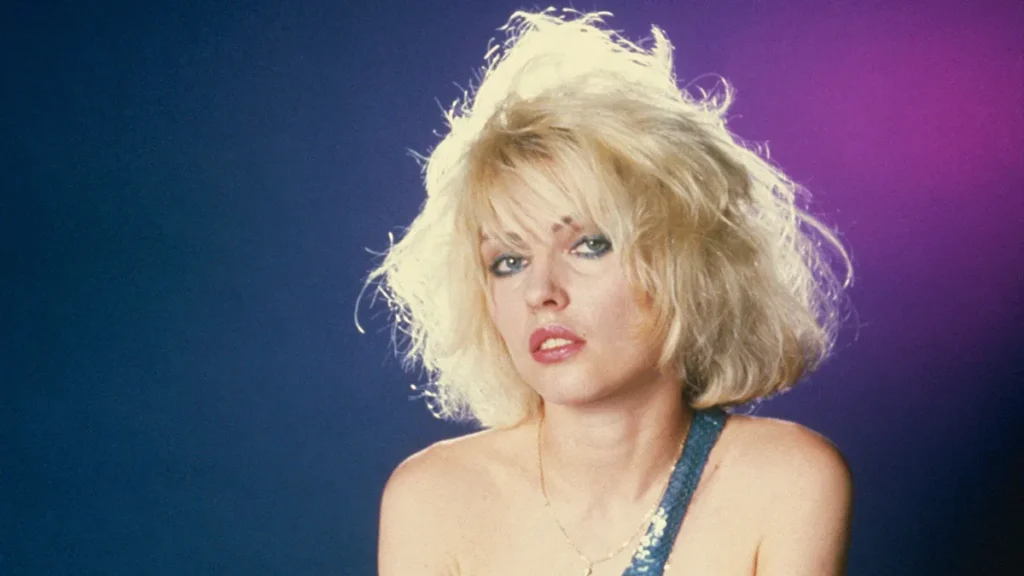


Apart from her vocal talents, Debbie Harry became an iconic fashion figure during the height of her career. Characterized by her platinum blonde hair and avant-garde style, she set trends that resonated beyond the music industry. Her look became synonymous with the vibrant and often rebellious spirit of late 1970s and early 1980s New York.
Outside of Blondie, Harry pursued a solo career that showcased her versatility beyond the band’s work. Albums such as “KooKoo” and “Rockbird” contained various musical styles and further solidified her status as a powerful solo artist. Alongside her musical endeavors, she also dabbled in acting, taking roles in films and television that displayed her range as a performer. Noteworthy appearances include roles in “Videodrome,” “Hairspray,” and “Cop Land,” which helped her garner critical acclaim and reach new audiences.
Debbie Harry’s indelible impact on music, fashion, and popular culture remains significant, and her work continues to inspire new generations of artists. Her legacy within Blondie and her solo projects cements her position as a key figure in the annals of music history.

The Formation of Blondie and Early Years
Blondie, the iconic rock band, was formed in the vibrant punk scene of New York City in 1974. At the heart of its formation were Debbie Harry and Chris Stein. Harry, who became an emblematic figure in the world of rock and punk, first met Stein, a young guitarist, at a gig in downtown Manhattan. Their mutual passion for music and desire to break new ground led to the creation of Blondie, a name inspired by the bright blonde hair of Debbie Harry.
The early years were fraught with challenges. Initial lineups included Fred Smith and Billy O’Connor, who contributed to the band’s development; however, stability came only after drummer Clem Burke and bassist Gary Lachman (aka Gary Valentine) joined. Despite their unmistakable talent, Blondie faced significant obstacles in getting recognized. They were a regular at CBGB and Max’s Kansas City, two premier punk rock venues in New York, which provided a platform for the band to hone their craft and build a loyal following.


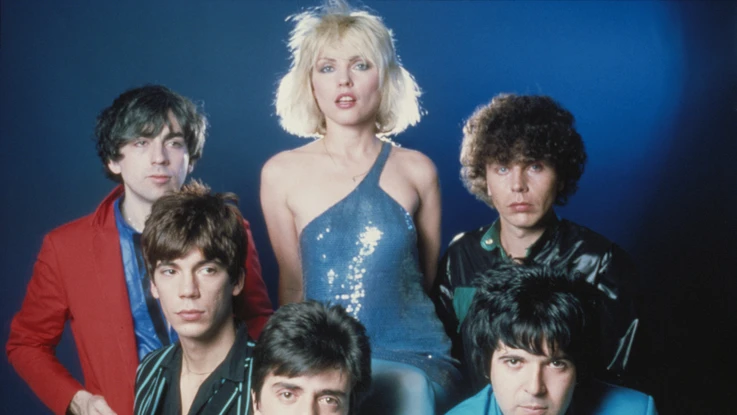
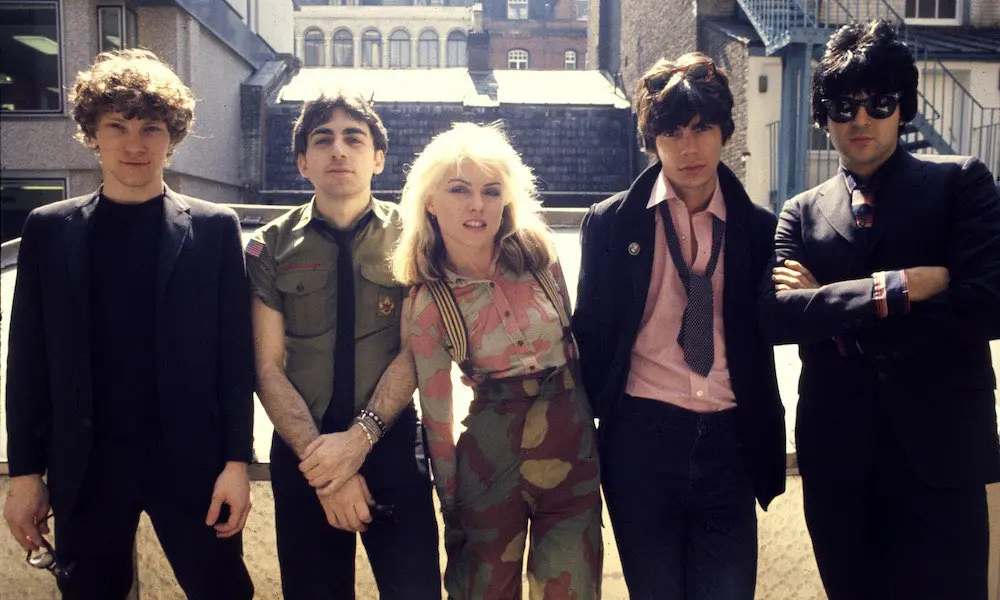
The nascent punk scene in New York City’s Lower East Side was burgeoning, and Blondie was at its core, gaining notoriety for their eclectic sound—melding punk, rock, disco, and reggae. A significant breakthrough came when they were signed by Private Stock Records in 1976, leading to the release of their self-titled debut album, “Blondie.” Despite modest commercial success, the album showcased their capability with standout tracks like “X Offender” and “In the Flesh,” capturing the unconventional spirit of the era.
Further defining their presence, Blondie’s performances were electric, characterized by Debbie Harry’s charismatic stage persona and the band’s innovative sound. Their rise mirrored the ascension of the New York punk scene, integrating punk’s raw energy with a commercial appeal that would soon revolutionize the music industry. It’s within this dynamic environment that Blondie laid the foundation for their future success, ultimately shaping the landscape of punk and rock music.
Album by Album: Blondie’s Musical Journey
Blondie’s self-titled debut album, released in 1976, marked the band’s entrance into the dynamic New York punk rock scene. The album showcased Debbie Harry’s distinctive voice and the band’s innovative fusion of punk, rock, and pop elements. Songs like “X Offender” and “Rip Her to Shreds” became underground hits, setting the stage for Blondie’s rise to prominence.
Their 1978 follow-up, “Plastic Letters,” propelled Blondie further into the spotlight. This album featured the hit single “Denis,” a cover song that achieved significant chart success in the UK. The blend of catchy hooks and punk rock sensibility evidenced the band’s evolution and growing versatility.
“Parallel Lines,” released in 1978, was a groundbreaking album that solidified Blondie’s place in mainstream music. This record included timeless hits such as “Heart of Glass” and “One Way or Another.” The album’s commercial success brought Blondie international fame, with “Heart of Glass” topping charts worldwide and heralding their transition into the pop-rock genre.
The 1979 album “Eat to the Beat” continued their commercial triumph with standout tracks like “Dreaming” and “Atomic.” Embracing both rock and new wave influences, Blondie demonstrated their ability to remain innovative while captivating a broad audience.
In 1980, Blondie released “Autoamerican,” showcasing a departure from their earlier sound. The album included hits like “The Tide Is High” and “Rapture,” the latter being the first song ever to feature rap vocals to reach number one on the Billboard Hot 100. This release illustrated the band’s willingness to experiment and adapt to evolving musical trends.
After a brief hiatus, Blondie returned in 1999 with “No Exit,” highlighted by the chart-topping single “Maria.” This comeback album was a commercial success, proving Blondie’s enduring appeal and relevance in the new millennium.
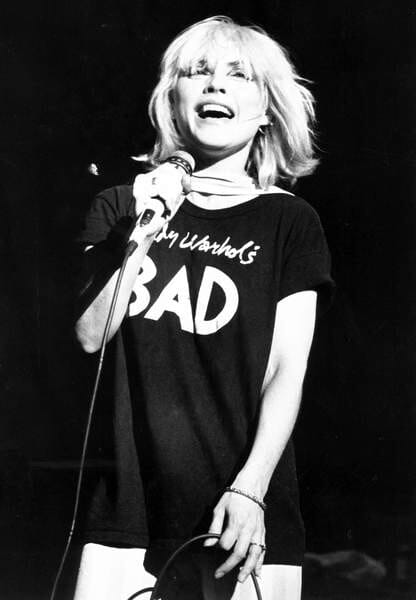
Blondie’s later albums, such as “The Curse of Blondie” (2003) and “Panic of Girls” (2011), underscored their commitment to experimenting with different sounds, from new wave to punk and reggae. Their 2017 album “Pollinator” earned critical acclaim for its cohesive mix of contemporary and classic Blondie styles, ensuring that their musical legacy endures.
Throughout their career, each album release has contributed significantly to Blondie’s reputation as pioneers in the music industry, blending genres and influencing countless artists along the way.
Released in September 1978, Blondie’s third studio album, ‘Parallel Lines,’ marked a definitive turning point in the band’s career, propelling them to international stardom. The album was recorded over a short time frame under the meticulous guidance of producer Mike Chapman, who played an instrumental role in honing the band’s eclectic sound. Blondie, fronted by the charismatic Debbie Harry, managed to fuse punk, rock, and disco elements into a nuanced and distinct musical identity that resonated deeply with a broad audience.
‘Parallel Lines’ is perhaps best remembered for its standout tracks, “Heart of Glass” and “One Way or Another.” “Heart of Glass,” with its infectious disco beat and cutting-edge production, showcased Blondie’s ability to transcend the punk genre and appeal to club-goers and mainstream radio alike. The track was both a commercial triumph and a critical darling, solidifying Debbie Harry’s status as an emblematic rock icon. Conversely, “One Way or Another” leaned heavily into the band’s punk roots with its edgy, guitar-driven sound and Harry’s fiercely energetic vocals, highlighting the dichotomy of Blondie’s musical versatility.
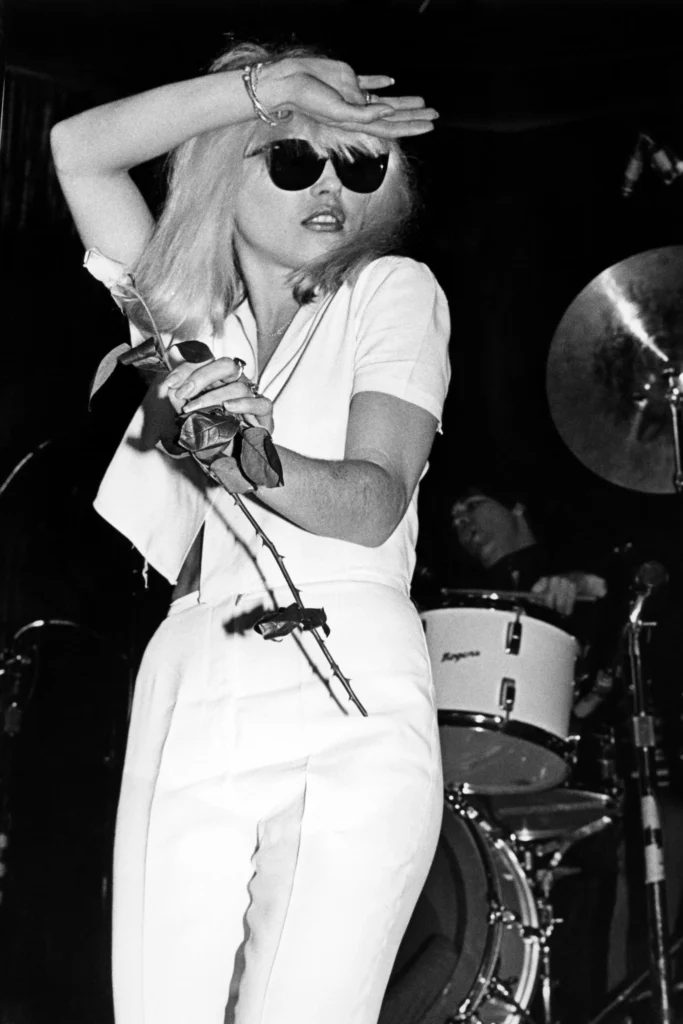
The influence of ‘Parallel Lines’ on the new wave genre cannot be overstated. The album’s blend of punk ethos, rock sensibility, and pop flair created a template that many future bands would aspire to. Its success was reflected in the charts, with the album reaching No. 6 on the Billboard 200 and topping charts in multiple countries. Critics were unanimous in their praise, often citing the innovative production and genre-blending arrangements as key factors in the album’s enduring legacy. The album’s commercial success was further cemented by the staggering sales figures, which eventually saw it certified platinum in multiple territories.
Blondie’s ‘Parallel Lines’ remains a milestone in music history, encapsulating a moment when punk met mainstream and reshaped the sonic landscape of the era. The album not only minted Blondie as a household name but also set a high watermark for creativity and crossover appeal in the music industry.
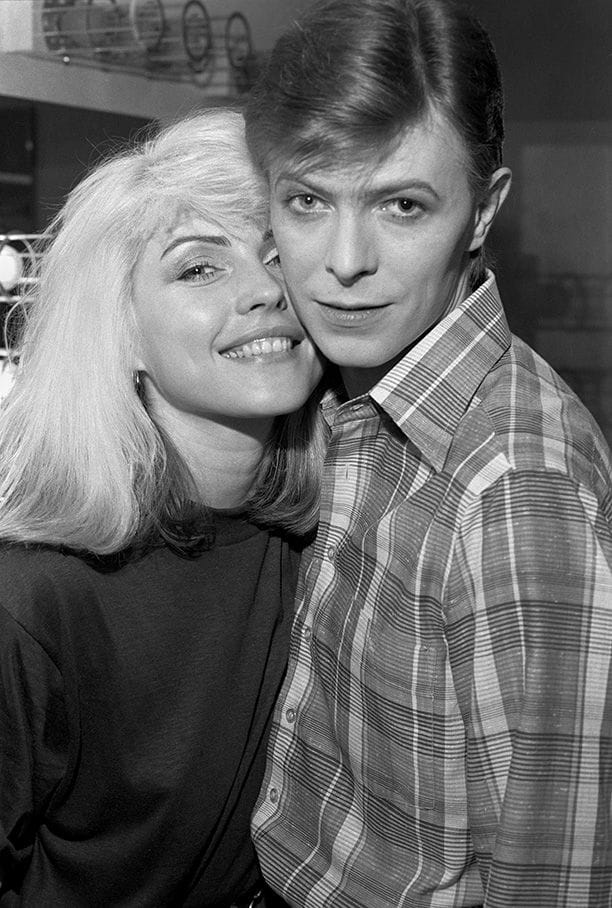
Diverse Sounds: Exploring Blondie’s Genre Fluidity
Blondie’s remarkable ability to traverse and blend various music genres has been a defining feature of their long-standing success. One of the cornerstones of their diverse sound is Debbie Harry’s versatile and dynamic vocal range, which effortlessly adapts to different musical styles. This genre fluidity is prominently showcased throughout Blondie’s discography, demonstrating their willingness to push boundaries and defy traditional categorizations within the music industry.
Originally emerging from the vibrant punk rock scene of New York in the mid-1970s, Blondie’s early music, particularly tracks like “X Offender” and “Rip Her to Shreds,” epitomized the raw, edgy essence of punk. As the band evolved, they began to incorporate elements of new wave, evident in their hit single “Heart of Glass,” which seamlessly melds punk attitude with disco beats. This combination not only broadened their appeal but also showcased their innovative approach to music production.
Blondie’s genre-bending capabilities did not stop at punk and disco. Their foray into reggae is exemplified by the track “The Tide Is High,” where they integrated reggae rhythms and instrumentation, giving the song a distinct, laid-back vibe that was a departure from their earlier work. Furthermore, with “Rapture,” Blondie became pioneers in the fusion of rock and rap. This track notably features one of the first instances of rapping in a mainstream rock song, cementing their influence and versatility in shaping music trends.
This eclectic blend of genres has been pivotal in Blondie’s ability to connect with a diverse audience. Their willingness to experiment with different musical styles has not only kept their sound fresh and relevant across decades but has also enabled them to appeal to a wide range of listeners. By continuously exploring new musical landscapes, Blondie has solidified their position as innovators in the ever-evolving music scene.



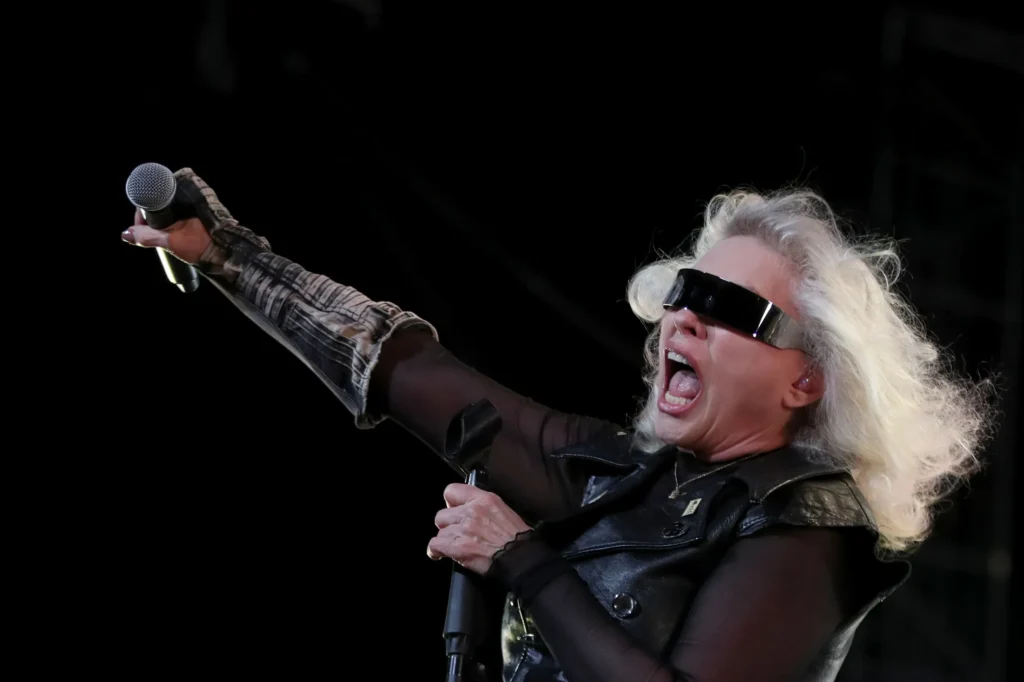
Challenges and Comebacks: Blondie’s Resilient Journey
The journey of Blondie, fronted by iconic lead singer Debbie Harry, is marked by both significant challenges and remarkable comebacks. Throughout their career, the band has encountered a number of obstacles, including internal tensions among the band members, periods of hiatus, and the ever-evolving music landscape which demanded constant adaptation.
In the early 1980s, internal frictions began to affect the group dynamic. Creative differences and personal strains tested the unity of the band, leading to a temporary dissolution in 1982. This breakup happened after their successful album “The Hunter” failed to achieve the commercial success of its predecessors. Debbie Harry’s partner and Blondie’s guitarist, Chris Stein, was diagnosed with a rare autoimmune disease, further tightening the knot of challenges.
During the hiatus, Debbie Harry embarked on a solo career, releasing a series of albums that, while commercially moderate, failed to capture the same success Blondie enjoyed. The changing tastes of the music industry, with the rise of genres like new-wave and punk transforming into other forms of rock and pop, made it imperative for any band wishing to remain relevant to innovate constantly.
However, Blondie’s story is not solely about struggles. The late 1990s marked a pivotal moment for the band’s resurgence. In 1999, they released the critically acclaimed album “No Exit,” spearheaded by the hit single “Maria.” “Maria” climbed to the top of the UK charts, proving that Blondie still had the ability to create a compelling blend of punk and rock that resonated with a wide audience. This successful comeback breathed new life into Blondie’s image and solidified their lasting influence in the music industry.
The band’s ability to overcome adversities and adapt to new musical trends speaks volumes about their resilience. Whether it was navigating personal challenges or the shifting sands of the music world, Blondie’s journey showcases their enduring appeal and significant impact on the rock and punk scenes. Today, the band continues to perform and influence new generations, maintaining a legacy that underscores their importance in New York’s vibrant music history. Their story serves as a testament to perseverance and innovation in the ever-changing realm of music.
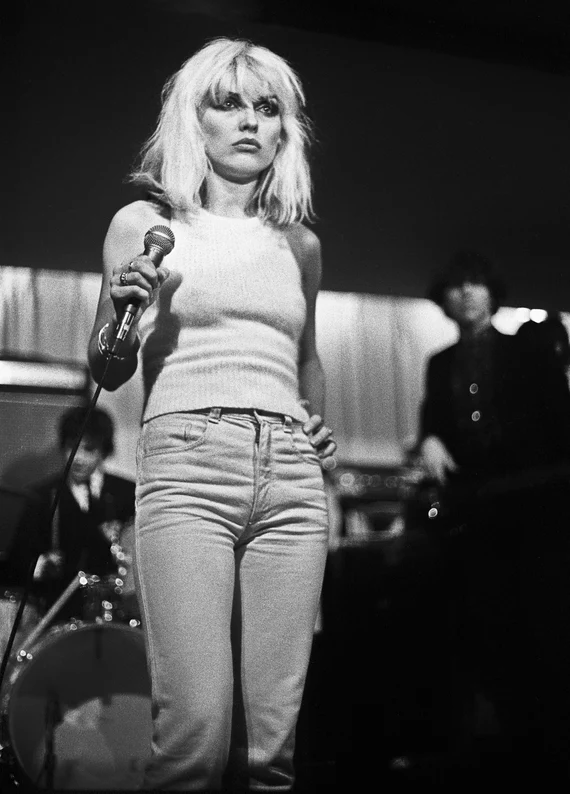

Blondie’s Legacy and Influence
Blondie, fronted by the charismatic Debbie Harry, has cemented its place as one of the most influential bands in rock history. Emerging from the vibrant punk scene of New York in the mid-1970s, Blondie garnered a massive following with their eclectic mix of punk, rock, and new wave sounds. Their innovative blend of genres set them apart from their contemporaries and laid the groundwork for many artists who followed.
Their induction into the Rock and Roll Hall of Fame in 2006 stands as a testament to their substantial contribution to music. This prestigious recognition underscores the impact Blondie has had on shaping modern music. Their genre-bending approach, characterized by the melding of rock, punk, and elements of disco, was revolutionary and has been emulated by countless bands across various musical landscapes.
Blondie’s pioneering role extended beyond their audio repertoire. Their music videos were cutting-edge at the time, setting trends that reshaped the industry’s approach to the medium. These visual narratives, often featuring Debbie Harry’s iconic style, were integral in propelling the band into pop culture stardom. With hits like “Heart of Glass” and “Rapture,” Blondie not only dominated the charts but also influenced the direction of the fledgling music video industry, making them trailblazers in this visual art form.
In addition to their musical innovations, Blondie’s impact resonated through fashion. Debbie Harry’s bold and unique fashion sense made her a style icon, influencing the wardrobes of not just fans but also future generations of musicians and designers. Her look—often characterized by a blend of punk rock edginess and glam—became synonymous with the band’s image and contributed significantly to their lasting legacy.
Blondie’s enduring popularity today is evident in their continual presence in popular culture and ongoing influence on contemporary artists. From their timeless music to their stylish image, Blondie’s contribution to both rock music and fashion remains substantial, securing their legacy as trailblazers who forged a unique path and left an indelible mark on the world.









